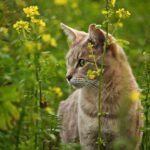In the hustle and bustle of city life, where skyscrapers touch the clouds and streets are alive with the hum of traffic, it’s hard to imagine that big cats could find a home. Yet, some majestic big cat species have shown a surprising ability to adapt to urban environments. These creatures, often seen as the kings and queens of the wild, have demonstrated remarkable resilience and adaptability, thriving amidst human habitation. This article delves into seven big cat species that have not only survived but also thrived in urban areas, showcasing their incredible adaptability and resilience.
Leopards: The Urban Stealth Hunters
Leopards are known for their elusive nature and remarkable adaptability, making them one of the most successful big cats in urban areas. These stealthy hunters have been spotted in cities across India and parts of Africa, where they ingeniously navigate through urban landscapes. Their ability to blend into the background and hunt at night allows them to coexist with humans with minimal conflict. Leopards often prey on stray dogs and livestock, which are abundant in urban settings, thus maintaining their role as apex predators. Interestingly, their nocturnal habits mean that many city dwellers are unaware of their presence, adding an element of mystique to these magnificent animals. In cities like Mumbai, leopards have been observed using drainage systems and green corridors to move undetected, showcasing their incredible adaptability. This ability to adapt to urban life without significantly altering their natural behavior makes leopards fascinating examples of urban wildlife.
Pumas: The Ghosts of the Suburbs
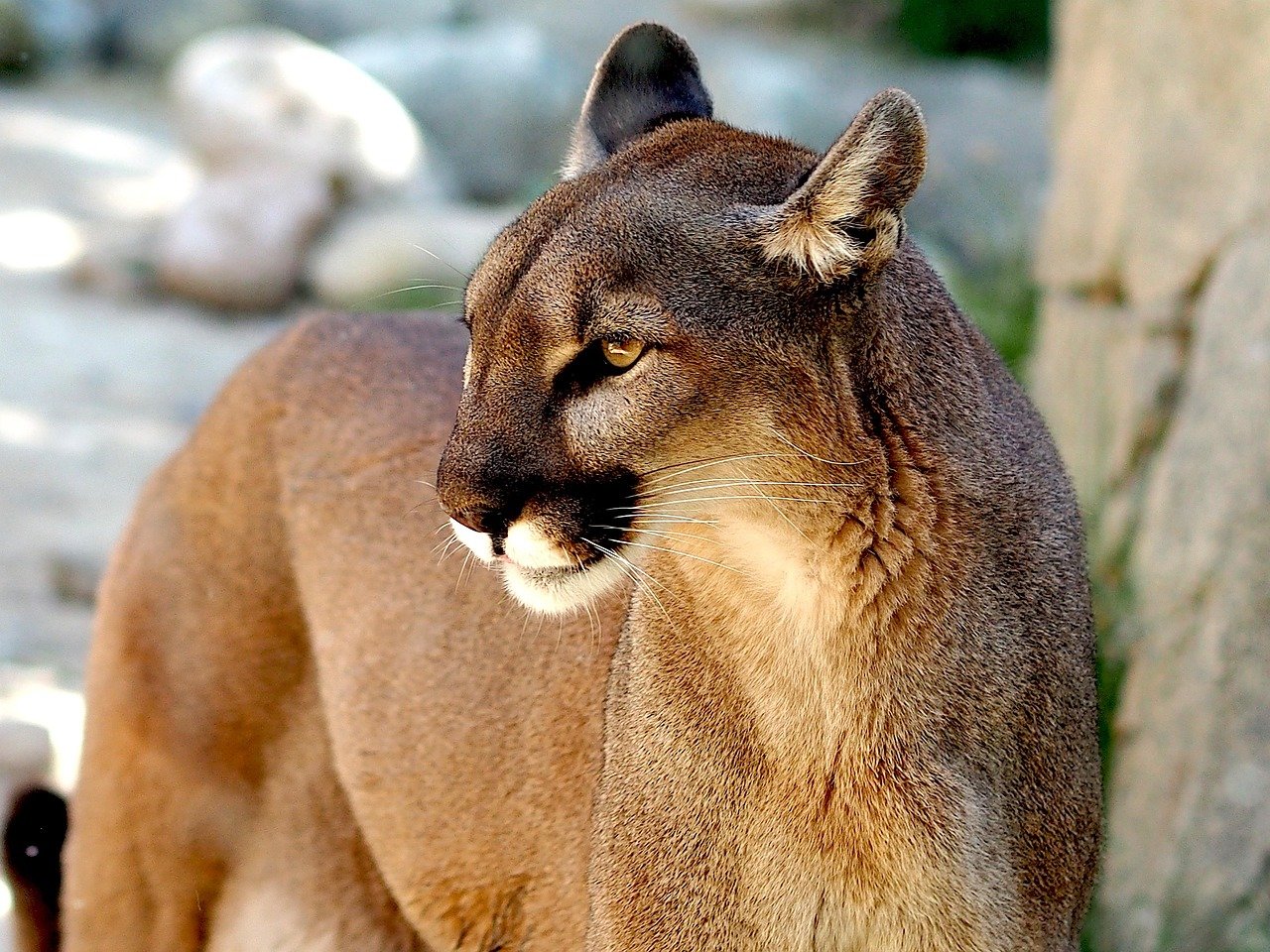
Pumas, also known as mountain lions or cougars, are another big cat species that have adapted well to urban environments, especially in North America. These solitary and adaptable predators have been increasingly spotted in the suburbs, often referred to as “ghost cats” due to their elusive nature. Pumas have a keen sense of territory and are known to travel great distances, making urban sprawl a minor obstacle in their movement. Their diet is quite flexible, ranging from deer in forested areas to smaller mammals like raccoons and rabbits in urban settings. This dietary flexibility is a key factor in their adaptability to city life. In places like Los Angeles, pumas have been tracked crossing highways and using culverts to avoid human encounters, showcasing their ability to navigate complex urban landscapes. The presence of pumas in urban areas highlights the need for coexistence strategies, as these powerful cats continue to reclaim their ancestral territories.
Cheetahs: The Speedsters of the Urban Jungle
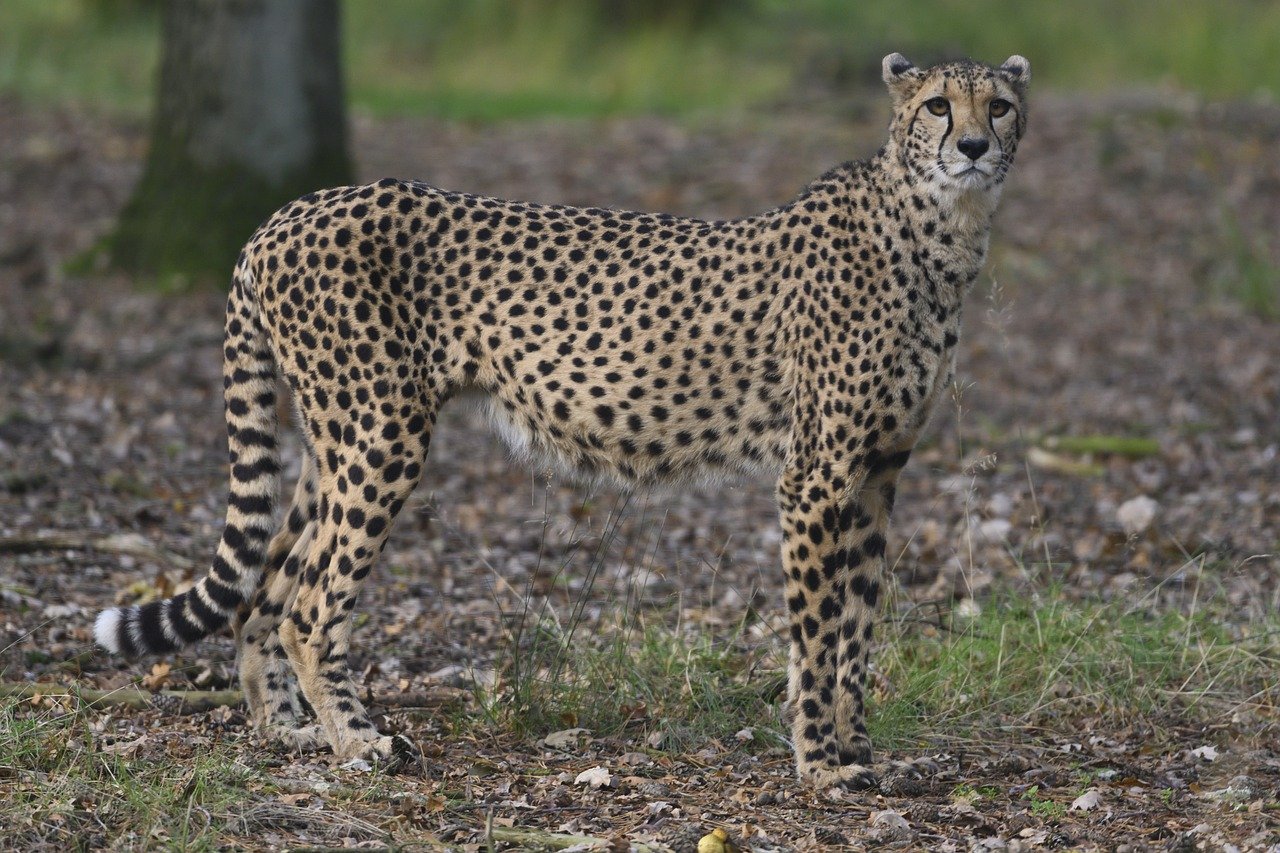
Though primarily associated with the open savannas of Africa, cheetahs have shown a surprising ability to adapt to urban fringes. In parts of Africa, cheetahs have been known to venture into the outskirts of towns and cities in search of food. These speedsters of the animal kingdom have a unique hunting style that relies on short bursts of speed, making them well-suited for the open spaces found in urban environments. While cheetahs are not as commonly seen in cities as leopards or pumas, their adaptability is evident in areas where human encroachment has reduced their natural habitat. Their ability to coexist with humans is aided by their generally non-aggressive demeanor and preference for avoiding direct contact. Conservation efforts have focused on creating wildlife corridors to facilitate their movement between fragmented habitats, ensuring that these graceful cats continue to thrive. The presence of cheetahs near urban areas serves as a reminder of the delicate balance between development and conservation.
Bobcats: The Urban Survivors
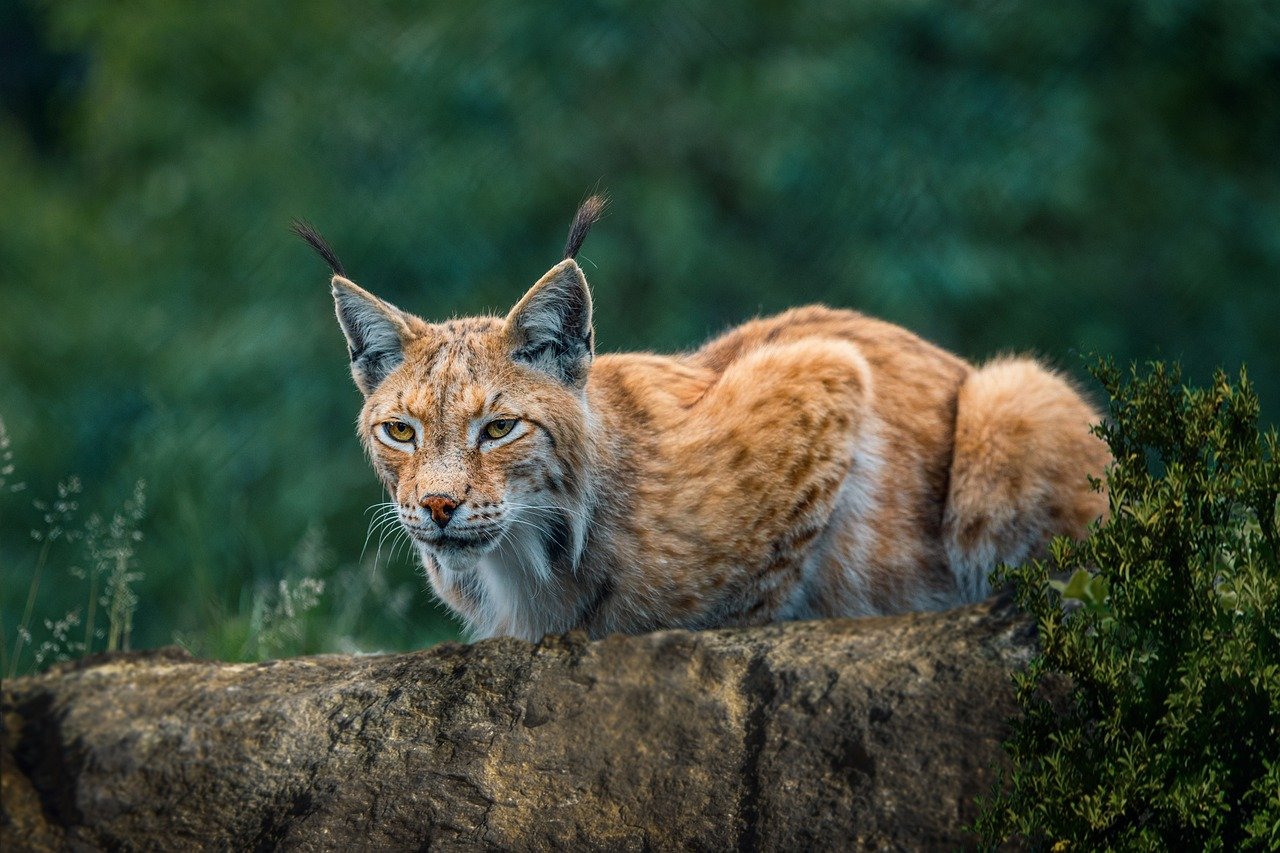
Bobcats are one of the most adaptable big cats, frequently found in suburban and urban areas across North America. These medium-sized predators have a knack for survival, often making homes in parks, green spaces, and even backyards. Bobcats are opportunistic hunters, preying on a variety of small animals such as rabbits, rodents, and birds, which are abundant in urban settings. Their ability to climb and swim adds to their versatility, allowing them to navigate diverse environments with ease. Bobcats are primarily nocturnal, reducing the likelihood of human encounters, and they have been known to coexist peacefully in areas with high human population density. Their adaptability is further enhanced by their elusive nature and solitary lifestyle, which minimizes conflict with humans. The urban presence of bobcats highlights their resilience and ability to thrive in environments altered by human activity.
Jaguars: The Elusive Urban Explorers
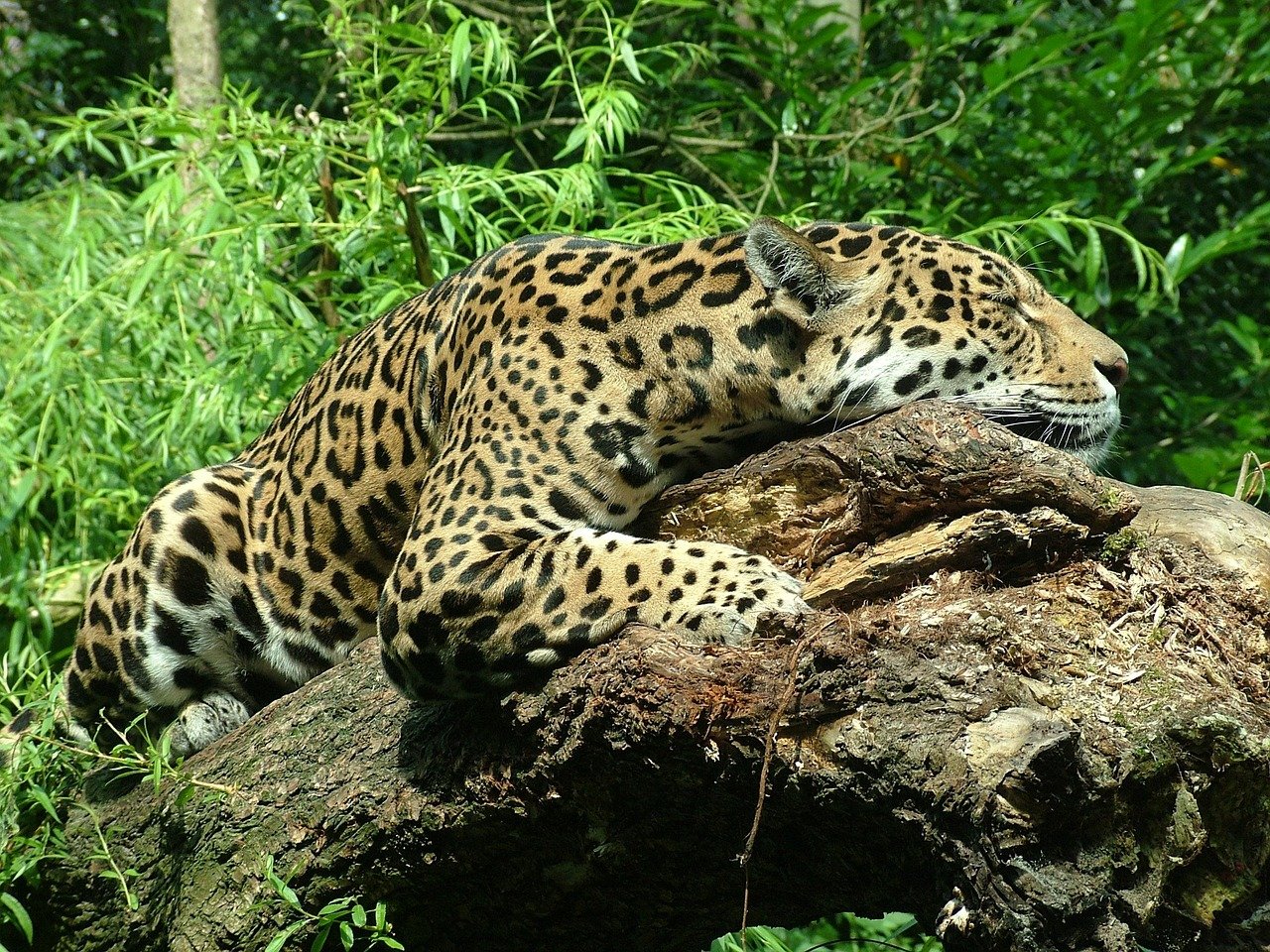
Jaguars, the largest cats in the Americas, have been known to venture into urban areas, particularly in regions of Central and South America. These powerful predators are elusive and primarily nocturnal, which aids in their ability to navigate urban landscapes unnoticed. Jaguars have a diverse diet that includes deer, peccaries, and even caimans, allowing them to adapt to the availability of prey in different environments. In urban areas, jaguars have been observed in parks and green belts, where they find refuge and food. Their adaptability is also evident in their ability to swim and traverse water bodies, which is a common feature in many urban landscapes. Conservation efforts are crucial for ensuring the survival of jaguars in urban areas, as habitat loss and human-wildlife conflict pose significant challenges. The presence of jaguars in urban settings underscores the importance of preserving natural habitats within cityscapes.
Tigers: The Urban Ghosts of Asia
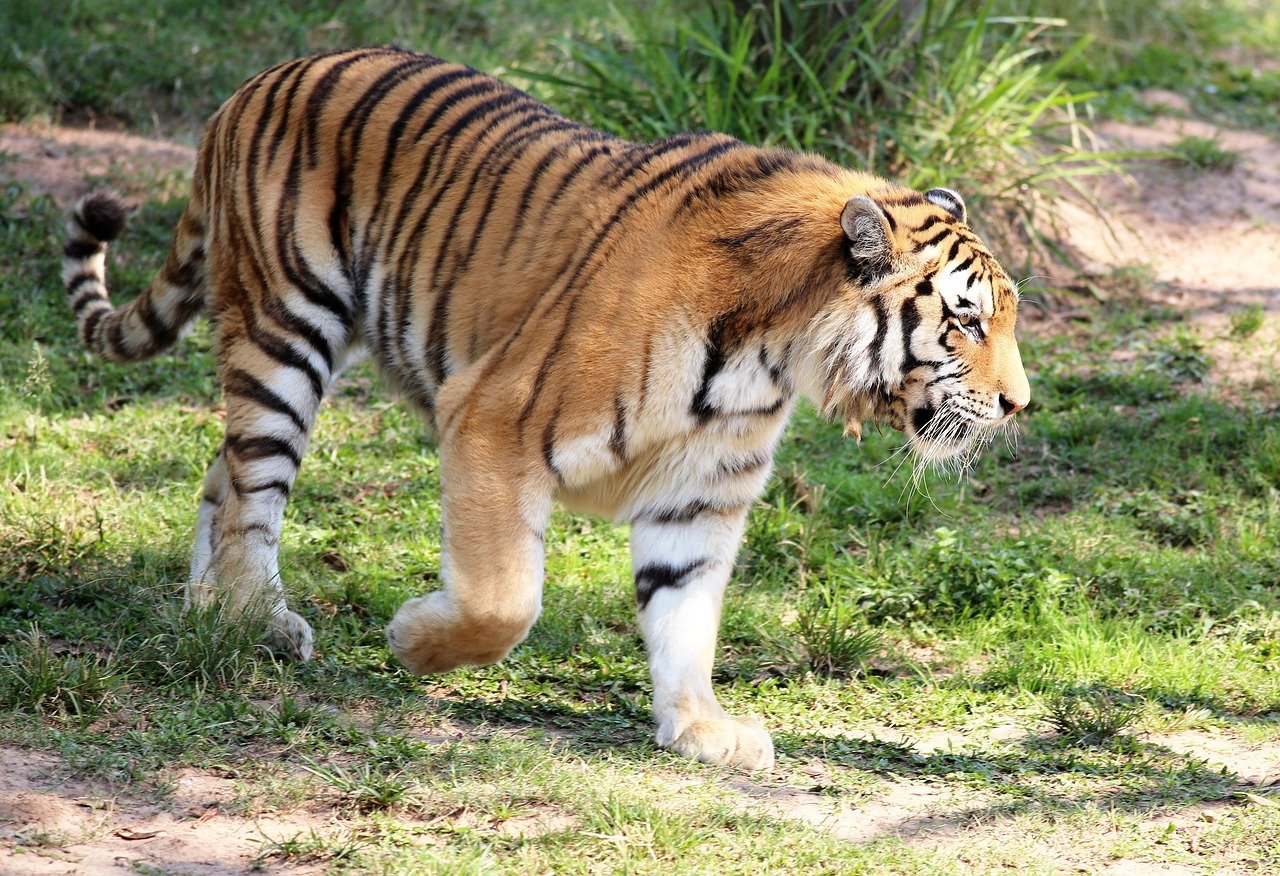
Tigers, the iconic big cats of Asia, have occasionally been reported in the outskirts of cities, particularly in India and Southeast Asia. These majestic animals are known for their strength and solitary nature, which helps them navigate urban areas with ease. Tigers often venture into human settlements in search of food, primarily livestock, which can lead to conflicts with local communities. However, their adaptability is evident in their ability to use forested corridors and riverbanks to move between habitats. In places like the Sundarbans, tigers have learned to coexist with humans by adjusting their activity patterns and utilizing mangrove forests as cover. Conservationists have been working to create safe passageways for tigers to move between fragmented habitats, ensuring their survival in a rapidly urbanizing world. The presence of tigers in urban areas highlights the need for coexistence strategies that protect both humans and these magnificent predators.
Lynxes: The Silent Urban Wanderers
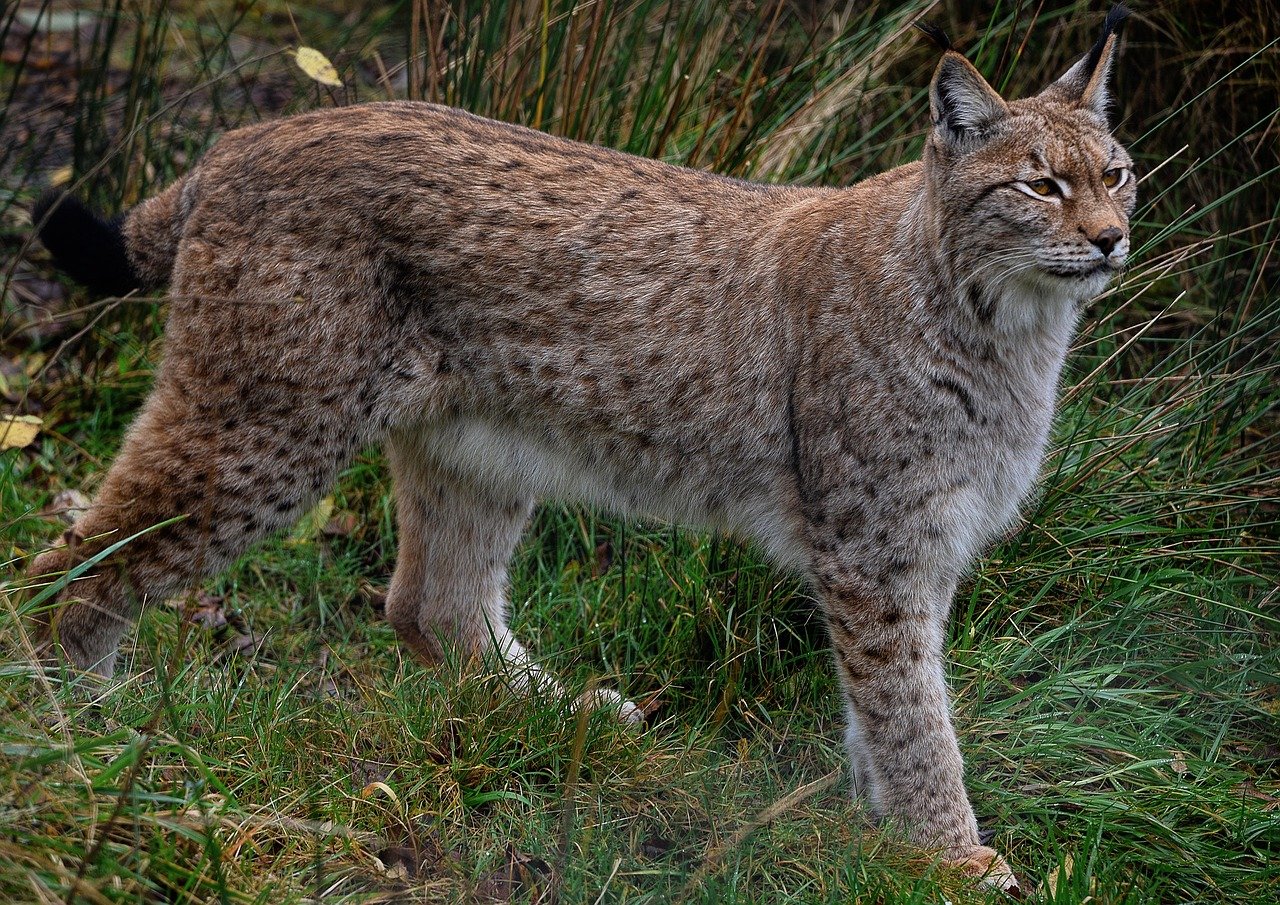
Lynxes, with their tufted ears and stealthy nature, are fascinating big cats that have been spotted in urban areas, particularly in Europe and North America. These medium-sized predators are known for their silent movements and ability to adapt to diverse environments. Lynxes primarily prey on small mammals such as hares and rodents, which are plentiful in suburban and urban settings. Their solitary and nocturnal lifestyle allows them to navigate urban landscapes with minimal human interaction. In some regions, lynxes have been observed using railway lines and highways as travel routes, showcasing their adaptability to human-altered environments. Conservation efforts have focused on preserving green spaces and creating wildlife corridors to support lynx populations in urban areas. The presence of lynxes in cities highlights their resilience and ability to thrive in environments shaped by human activity.
In conclusion, these seven big cat species have demonstrated remarkable adaptability in urban areas, showcasing their resilience and ability to coexist with humans. As cities continue to expand, understanding and promoting coexistence with these magnificent creatures is crucial for their conservation. The presence of big cats in urban areas serves as a reminder of the interconnectedness of human and wildlife habitats, emphasizing the importance of preserving natural environments within our cities.

Linnea is a born and bred Swede but spends as much time as possible in Cape Town, South Africa. This is mainly due to Cape Town’s extraordinary scenery, wildlife, and atmosphere (in other words, because Cape Town is heaven on earth.) That being said, Sweden’s majestic forests forever hold a special place in her heart. Linnea spends as much time as she can close to the ocean collecting sea shells or in the park admiring puppies.






